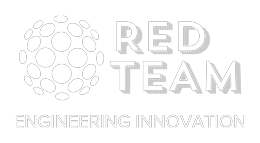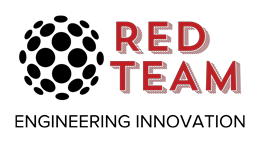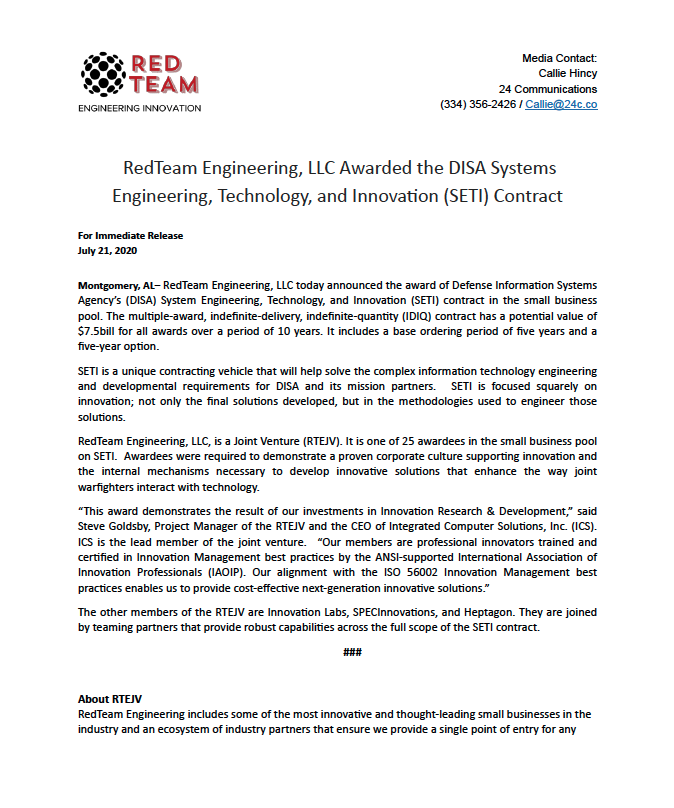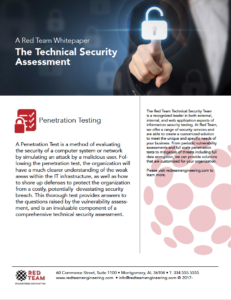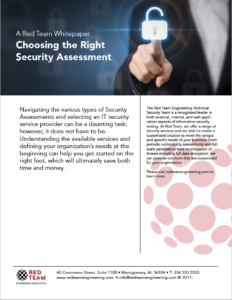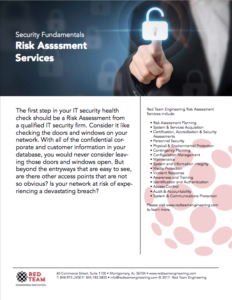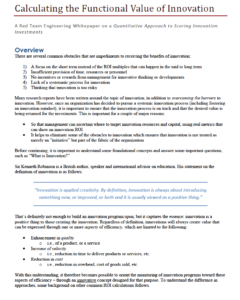Our Resources
Red Team Engineering believes in advancing the state of the art in our areas of specialization. As a result, we provide a number of resources in the areas of innovation, model based systems engineering (MBSE), software engineering (SE), network engineering and cyber security engineering.
SETI is a unique contracting vehicle that will help solve the complex information technology engineering and developmental requirements for DISA and its mission partners. SETI is focused squarely on innovation; not only the final solutions developed, but in the methodologies used to engineer those solutions.
RedTeam Engineering, LLC, is a Joint Venture (RTEJV). It is one of 25 awardees in the small business pool on SETI. Awardees were required to demonstrate a proven corporate culture supporting innovation and the internal mechanisms necessary to develop innovative solutions that enhance the way joint warfighters interact with technology.
A Penetration Test is a method of evaluating the security of a computer system or network by simulating an attack by a malicious user. Following a pen test, your organization will have a much clearer understanding of the weak areas within the IT infrastructure, as well as how to shore up defenses. This whitepaper provides an overview of penetration testing.
Navigating the various types of Security Assessments and selecting an IT security service provider can be a daunting task; however, it doesn’t have to be. Download this whitepaper to learn more.
An Information Security Risk Assessment is like checking the doors and windows on your network. With all of the confidential corporate and customer information in your database, you would never consider leaving those doors and windows open. But beyond the entryways that are easy to see, are there other less obvious access points?
There are several common obstacles that are impediments to receiving the benefits of innovation, including: a focus on the short term instead of the ROI multiples that can happen in the mid to long term; insufficient provision of time, resources or personnel; no incentives or rewards from management for innovative thinking or developments; lack of a systematic process for innovation; and thinking that innovation is too risky.
